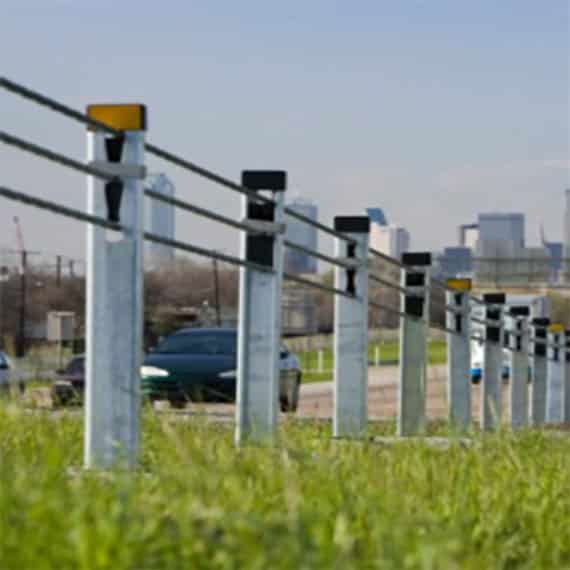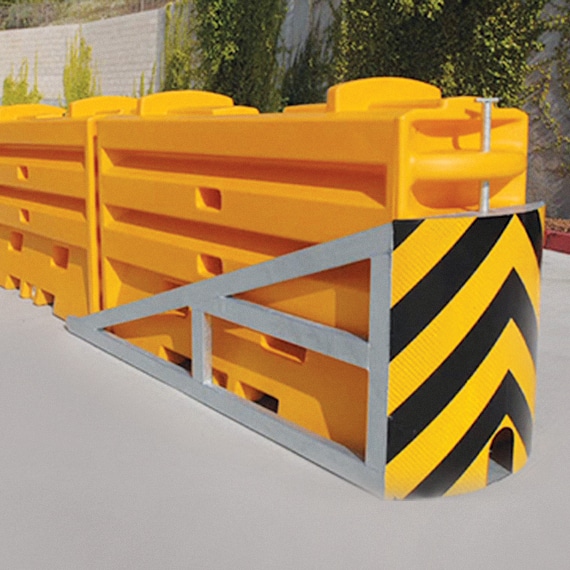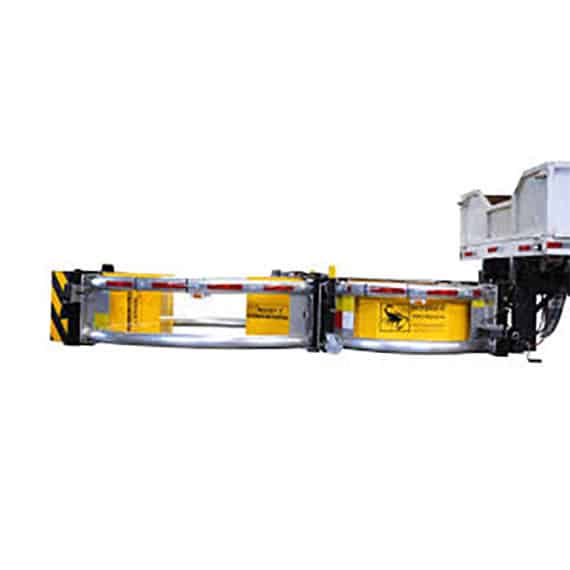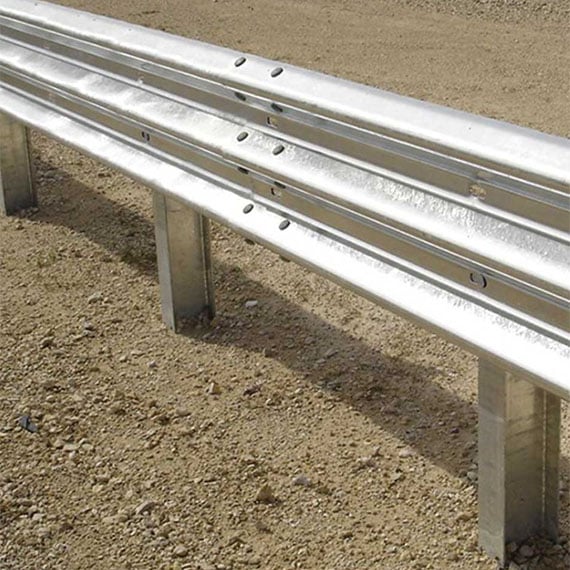
Permanent Barriers
Permanent barriers are stationary structures installed to prevent vehicles from veering off the road or into oncoming traffic. Made from robust materials like concrete or steel, they are designed to withstand significant impacts and are commonly found on highways, bridges, and around hazardous zones.
Our Permanent Barriers

Impact Attenuators
Also known as crash cushions, impact attenuators are devices placed in front of potential road hazards. They absorb the energy from a vehicle collision, reducing the severity of the impact and preventing more significant damage or injury.
Guard Rail End Treatments
Guardrail end treatments are crucial for safety, as they prevent vehicles from being impaled or redirected in the wrong direction if they hit the end of a guardrail. These treatments can be absorbent, like crash cushions, or redirective, guiding the vehicle safely away.

Truck-mounted attenuators (TMA)
Truck-mounted attenuators (TMAs) are devices mounted on work vehicles’ rear, designed to absorb and dissipate energy from impacting vehicles, minimizing damage to the errant vehicle and the work truck. Typically deployed in mobile or stationary work zones, they protect workers, equipment, and the driving public in high-risk rear-end collision areas. TMAs undergo rigorous testing to meet stringent safety standards, evaluated based on their ability to mitigate impact forces and reduce potential injuries to occupants.


